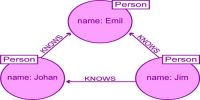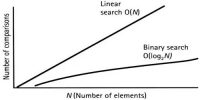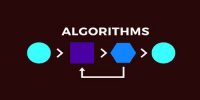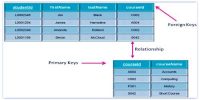Indexing is a passive investment strategy. An investor can achieve the same risk and return of an index by investing in an index fund. Generally, indexing refers to the organization of data according to a particular schema or plan.
Indexing is the method to get an unordered table into an order that will exploit the query’s effectiveness while searching. In IT, the term has diverse related uses including, among other things, making information more presentable and accessible. One common type of indexing in IT is called “search engine indexing.”
Indexing can be of the following types −
- Primary Index − the data file is ordered on a key field. The key field is generally the primary key of the relation.
- Secondary Index – it may be generated from a field which is a candidate key and has a unique value in every record, or a non-key with duplicate values.
- Clustering Index − the data file is ordered on a non-key field.
The advantages of indexes are as follows:
- Their use in queries usually results in much better performance.
- They make it possible to quickly retrieve (fetch) data.
- They can be used for sorting. A post-fetch-son operation can be eliminated.
- Unique indexes guarantee uniquely identifiable records in the database.
The disadvantages of indexes are as follows:
- They decrease performance on inserts, updates, and deletes.
- They take up space these increases with the number of fields used and the length of the fields.
- Some databases will mono-case values in fields that are indexed.
















